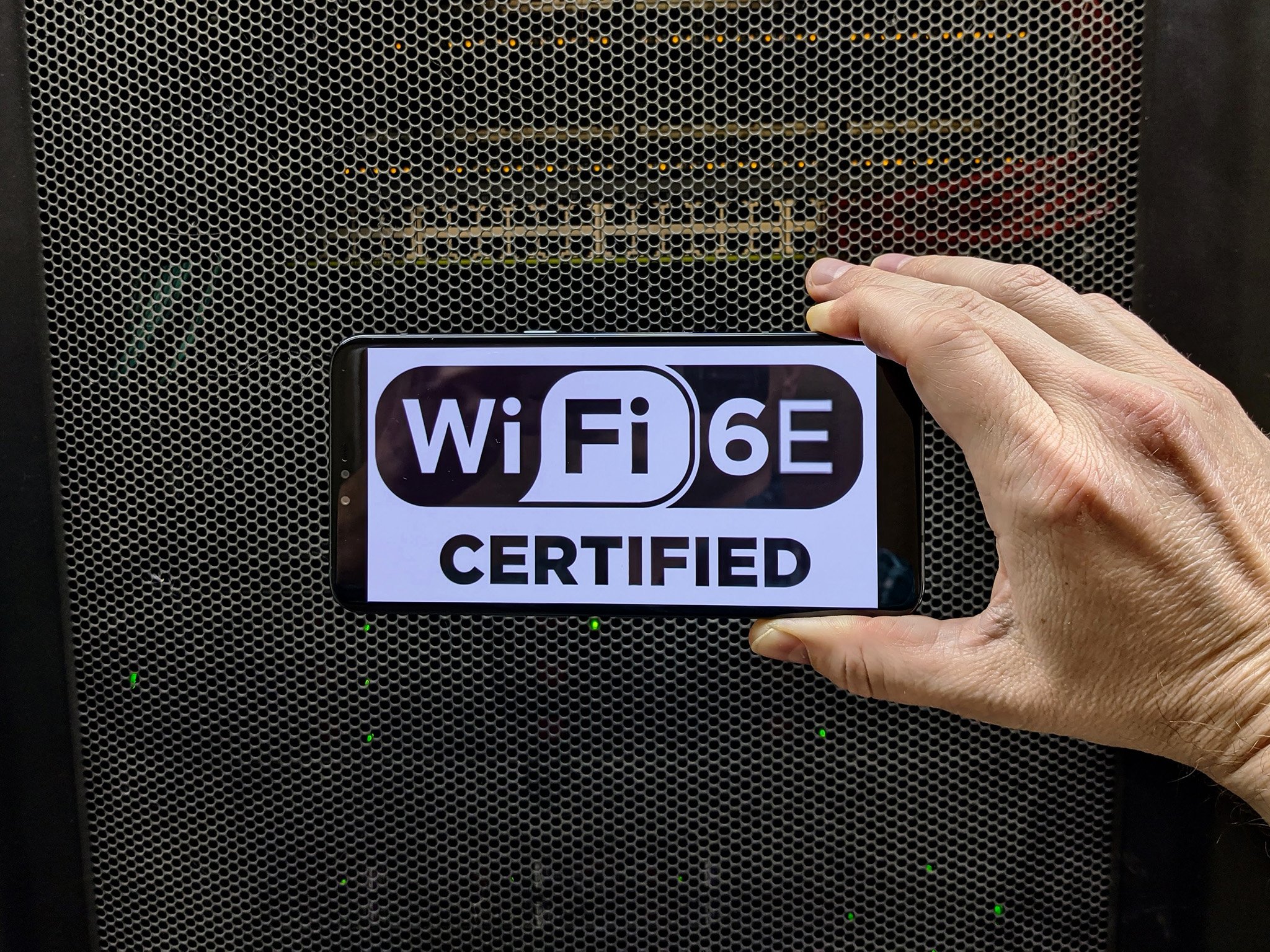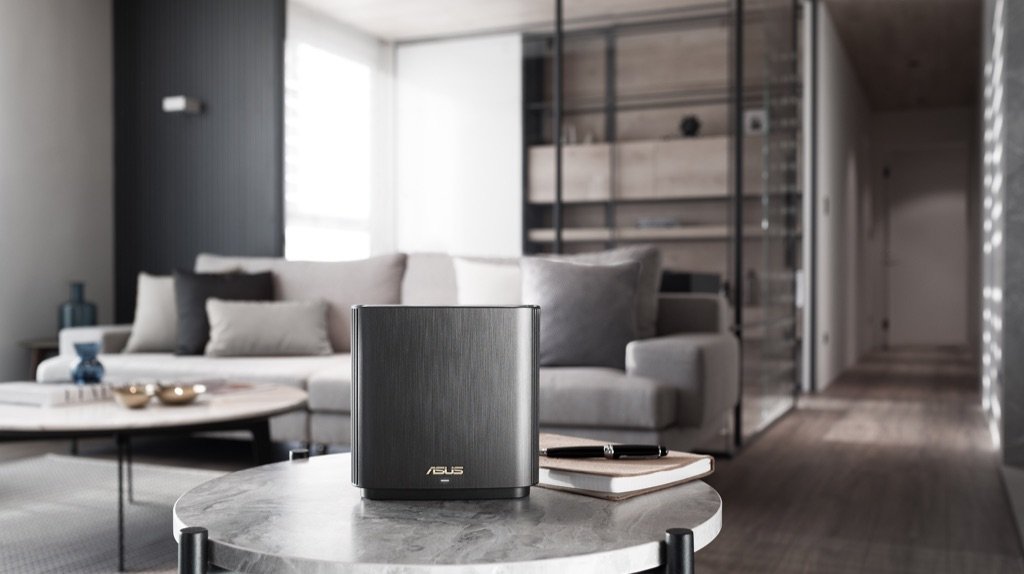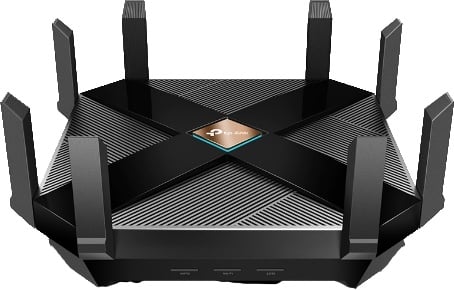Wireless speed is all about spectrum and making the most of what's available. For years, we have been stuck using Wi-Fi in 40MHz chunks at 2.4GHz and 80MHz chunks at 5GHz with 160MHz available in some cases. On April 23 2020, though, the FCC adopted rules to make 1,200MHz of spectrum available at 6GHz that can be used in the next generation of Wi-Fi. This new spectrum could be key to keeping Wi-Fi fast and reliable even as we ask more of it all the time.
- Is this just Wi-Fi 6?
- How much faster is it?
- Do I need a new device for Wi-Fi 6E support?
- Do I really need Wi-Fi 6E?
- Should I wait for Wi-Fi 6E?
What is Wi-Fi 6E? Is this just Wi-Fi 6?
Wi-Fi 6E is Wi-Fi extended to the 6GHz band. Simply put, Wi-Fi 6E is the same thing as Wi-Fi 6 with access to the greater bandwidth available at 6GHz. With the 1,200MHz of space available on the 6GHz bands, there is a lot more room for Wi-Fi without overlap. This means that even if you live in an area with a lot of Wi-Fi connections, there is still enough bandwidth to keep your connection fast and consistent — with no interference.
Currently, Wi-Fi 6 operates on the same bands that were available to Wi-Fi 5 devices. This includes one band at 2.4GHz and two at 5GHz. While the lower frequency 2.4GHz signal can travel further without degrading, it has less available bandwidth maxing out at 40MHz per channel. Even so, in the United States, there are only 11 available channels so most people with neighbors will end up sharing. 5GHz bands help quite a bit with many more channels available typically at 80MHz.
For a long time, this was sufficient even in an apartment building but as we continue to add more and more wireless devices to our homes, even these 5GHz bands will start to hit their limits soon. Wi-Fi 6E is adding more channels and they're wider than ever at 160MHz. This is going to allow people to get as close as possible to the theoretical max speed of Wi-Fi 6.
How much faster is it?
The Verge explains that the maximum speed of Wi-Fi 6 is 9.6Gbs even with 6GHz. 6GHz is going to allow Wi-Fi 6 to get closer to its potential speed thanks to larger chunks of spectrum available much the same as mmWave 5G can deliver very high speeds.
This speed boost puts Wi-Fi performance quite close to even the fastest Ethernet connections. Of course, devices will still need to be able to take advantage of that speed, and servers will need to be able to deliver it, but at one point, Wi-Fi was 54Mbps and it seemed to be more than enough.
It's worth thinking about how we can even improve internet speeds with local caching that can deliver certain elements over your local network. Windows and Xbox updates, for example, can be transmitted from one device to another on the local network. Even so, making sure Wi-Fi isn't a bottleneck opens up a ton of possibilities at home as well as in businesses.
Do I need new equipment?
It seems like Wi-Fi 6 just became affordable for most people and suddenly there's a new version. If you want to use Wi-Fi 6E, you're going to need a router that supports it. There aren't any available yet and there won't be for quite a while. Until very recently, there was no need to support Wi-Fi 6E, and even now, Wi-Fi 6 on the older bands will be more than enough for the vast majority of people.
Wi-Fi 6E is looking very far forward and won't see widespread consumer adoption for years. There are still quite a few new routers coming out that only support Wi-Fi 5 and only top-end phones and computers are supporting Wi-Fi 6 despite it being available since early 2019.
Broadcom has already announced a Wi-Fi 6E mobile chip, with Intel saying it will have chips ready for January 2021. At the earliest, Wi-Fi 6E could start showing up in products at the end of 2020 but will more than likely come in 2021. If you bought a new phone or computer in the past year, you'll probably be OK waiting for the first wave of Wi-Fi 6E compatible devices.
Do I need Wi-Fi 6E?
Today Wi-Fi 6E seems like overkill. Who could possibly need multiple gigabit speed over a wireless connection? One group that immediately comes to mind is video creators. Many professional video productions are using resolutions higher than 5K for video with massive video sizes. With compression, these professionals can make efficient use of current network speeds but being able to edit or transfer terabytes of footage without running cables across your workspace will be great for these people.
The best part of all of this is that you can achieve these speeds even in a crowded area. You won't have to think about your connection failing or hitting lag spikes due to congestion. Even as more people move to wireless networking and ask more of their connections, the spectrum available at 6GHz will enable users to make the most of these speeds.
Should I wait for Wi-Fi 6E?
At best, we might see Wi-Fi 6E devices at the end of the year, and even then, upgrading to Wi-Fi 6E will be quite expensive. It's a safe bet that the vast majority of people will be quite well served by a fast Wi-Fi 6 router for long enough for prices to come down on Wi-Fi 6E routers. The nice thing is that you don't have to go all-in at once. Wi-Fi 6E devices and routers will be backward compatible and able to make the most of the current network.
For the vast majority of home users, Wi-Fi 6 is more than enough and is still a great upgrade to a slow network. If you're already running up against the limits of Wi-Fi 6 whether its due to congestion or the desire for higher wireless speeds, Wi-Fi 6E is going to be a great way to get even more out of your network.
Smarter homes
TP-Link Archer AX6000 Router
If you are looking for a regular router, chances are you've taken a look at some of the offerings from TP-Link. The company has moved into the Wi-Fi 6 era with the AX6000 router. This router includes eight antennas attached to the base which aims to provide a "powerful" Wi-Fi signal throughout your home, without needing additional routers.



Tidak ada komentar:
Posting Komentar